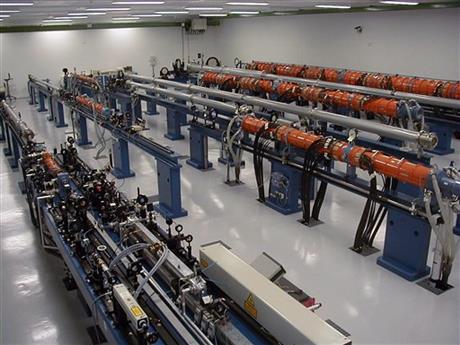Scientists Use A Laser To Try And Recreate The Beginning Of Life, Here’s How
This article is more than 2 years old

Given that scientists don’t have access to asteroids to hurl down into the primordial ooze, they had to try and replicate that force and energy. For this experiment scientists from the Czech Republic and from the Southwest Research Institute in Boulder, Colorado used a laser, which they directed at clay and a primordial chemical soup. What they ended up with seemed, at least to them, to be the origin of life on Earth.
In the study recently published in the Proceedings of the National Academy of Sciences, the researchers found that zapping the stuff with approximately a billion kilowatts of energy—the oomph of a few nuclear power plants combined—caused the production of the four chemical bases of RNA. RNA makes proteins, encodes genetic information, and generates biological reactions necessary for life. The team concluded that their findings “suggest that the emergence of terrestrial life is not the result of an accident but a direct consequence of the conditions on the primordial Earth and its surroundings.” Essentially, the chemical soup had the right ingredients, but something still needed to light the stove.
That’s not to say it closes the case of how life started, though. It’s still possible that the microbes themselves arrived on an asteroid or comet, rather than being catalyzed in the collision. The study proves that life very well may have started via such a spark, or even that it’s likely, given that this does support the theory, but it doesn’t conclusive prove that this is indeed how it all started. Scientists have created RNA bases before, but this is the first time they have specifically tried to test whether a cosmic collision might have started life as we know it.












